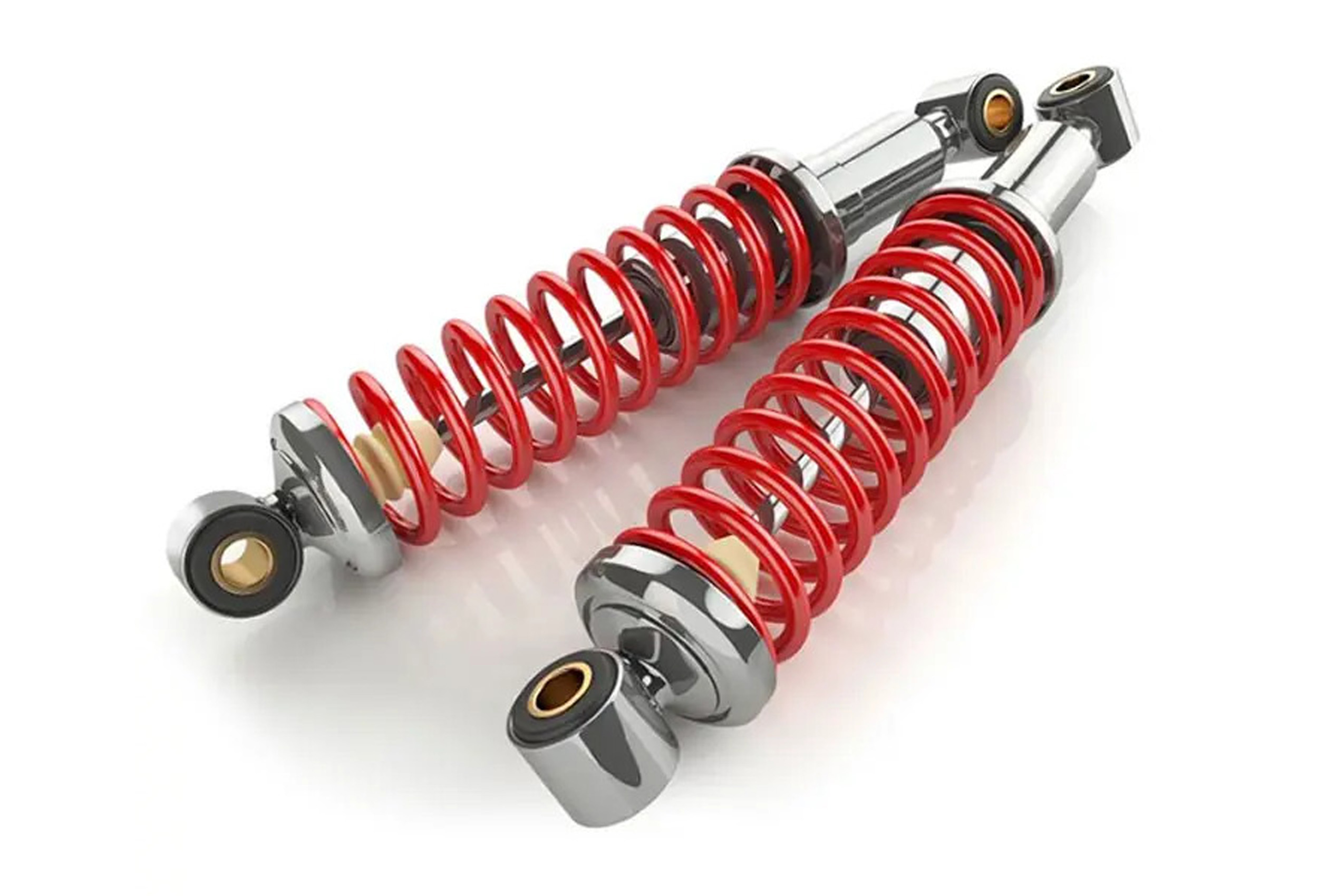The suspension system of a vehicle is a complex assembly designed to absorb and dampen the shocks from the road surface, provide stability during handling manoeuvres, and ensure occupant comfort. One of the critical components of this system is the springs. They are responsible for supporting the weight of the vehicle, maintaining ride height and aiding in overall vehicle performance. In this article, we will explore the various types of springs used in vehicle suspension systems.
Coil Springs
Coil springs are the most common type of suspension spring found in modern vehicles, particularly in the front suspension. They are made from a helical coil of steel and designed to compress and expand to absorb the motion of the wheels. Coil springs are valued for their simplicity, compactness, durability, and a broad range of load-carrying capacities. They can be found in several different forms, including:
Standard Coils
The most straightforward and widely used design.
Progressive Rate Coils
These have variable pitch or diameter and provide comfort at low speeds and firmer handling at high speeds.
Mini-Block Coils
Compact and lightweight versions are great for vehicles that need a lower centre of gravity.
Leaf Springs
Leaf springs consist of several layers of flat, springy steel strips, known as leaves, bundled together to act as a single spring. They serve double-duty — providing suspension and also somewhat helping with the vehicle’s alignment and axle positioning. Leaf springs are often seen in heavy commercial vehicles, like trucks and vans, where sturdiness and load-carrying ability are paramount.
Torsion Bars
Torsion bars use the twisting properties of steel to provide spring force. One end is anchored to the vehicle frame, and the other is attached to a control arm. As the wheel moves up and down, the bar twists to provide resistance against these motions. Torsion bars are adaptable to different vehicles as they can be easily adjusted to change the ride height. They are common in older vehicles and some SUVs.
Air Springs
Air springs, or air suspension systems, use an air-filled cylinder as an alternative to traditional steel springs. When air pressure within the cylinder is altered, it changes the stiffness and the height of the suspension. These systems offer excellent ride quality and are easily adjustable for varying loads but can be more complex and expensive than other types of springs. Experience the thrill of automotive excellence firsthand at Apex Autosport.
Rubber Springs
Unlike steel springs, rubber springs absorb shocks through the compression of high-density rubber compounds. They are less common and often used in conjunction with other spring types to provide additional damping or in lightweight applications where cost-effective solutions are imperative.
Coilover Springs
Coilover, short for “coil spring over shock,” is a type of spring that is mounted over a shock absorber, forming an integrated unit. Coilovers allow for adjustments in damping as well as ride height. This adjustability makes coilovers a favourite for performance enthusiasts who wish to fine-tune their car’s stance and handling characteristics.
Conclusion
Each type of suspension spring has its advantages and shortcomings, often influencing the choice based on vehicle type, intended use, desired performance, and cost implications. Manufacturers carefully select the appropriate spring type and fine-tune them together with other suspension components to achieve the desired blend of ride comfort, handling, and stability that characterizes a particular vehicle.
Whether you’re considering upgrading your vehicle’s suspension for enhanced performance or simply curious about the workings of your car, understanding the different types of suspension springs provides a solid foothold into the complex world of automotive mechanics and design.
